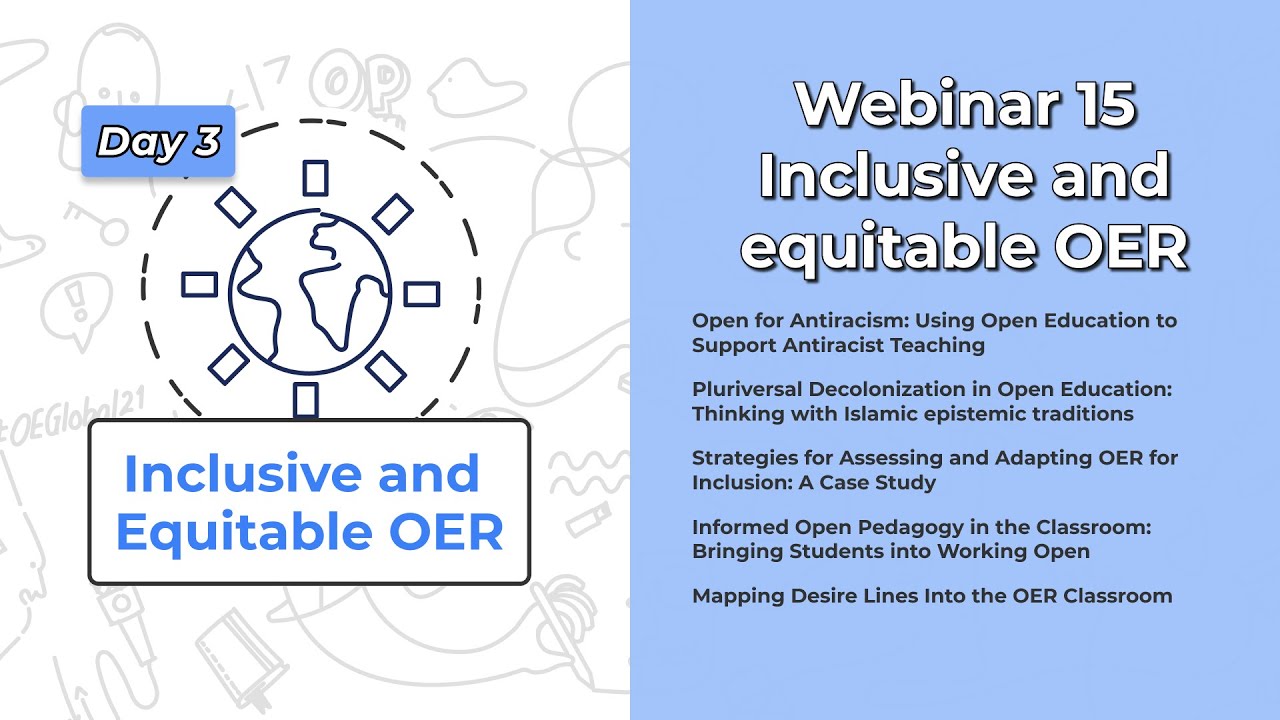Josie Milliken (Pima Community College)
How can desire lines, the paths worn by people and animals, inform instructional design and the OER classroom? Desire lines, also commonly referred to as desire paths, have long been used in urban planning, architecture, landscape design, and other fields to plan and develop designs and structures that align with human behavior. The applications of the concept are far-reaching and provide a valuable method to use to guide OER-informed instructional design and class planning.
In this webinar, Dr. Josie Milliken, an instructional designer and English professor, will discuss a variety of practical instructional design applications illustrating the various ways in which desire lines can inform course development and bring open pedagogy into teaching and learning. In addition, Dr. Milliken will discuss how desire lines can serve as a tool for determining student-centered and co-authored OER curriculum and assessment in the classroom.
A particular focus of the session will concern modeling methods for equity and inclusivity. Finally, she will discuss how desire lines can be used in continuous improvement both in course development, iterative design, teaching, and learning.
Participants will leave the session with knowledge that can be applied to a variety of educational formats. The information covered will help guide their creation and redevelopment of OER courses to enhance student success and engagement while promoting equity and inclusion. This webinar will be useful for all educators, including learning technology administrators, instructional designers, and teachers.
Extended abstract: OE_Global_2021_paper_125.pdf 📄
Webinar Information
This presentation is part of Webinar 15 Inclusive and equitable OER taking place in your local time → .
Webinar Access (registered conference participants only):
![]()
![]() Go to Webinar 15
Go to Webinar 15
UNESCO OER Action Area: Inclusive and equitable OER
Language: EnglishSee the other presentations that take place in this webinar.
Presentation Recording
Participate
Before the webinar the authors will be asked to reply below with links to their presentation materials, related videos, and other relevant links, as well as prompts for discussion here.
For anyone that missed the live session, an archive will be posted here as soon as possible.
Conference participants are urged also to reply below with questions, comments for the presenters or to share related resources.
